Giving your Object Smooth Edges. Why Anti-Aliasing is Important
1. Here is my image. I want use it for a wallpaper I'm creating but you can see the harsh jagged edges of the cactus. This wont look good at all in the final outcome. Lets fix it up a bit.

2. I just pasted this image on a new layer and named it cactus like so.
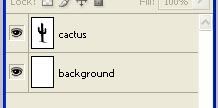
3. To select every black pixel, go to select>color range and click any area within the cactus.
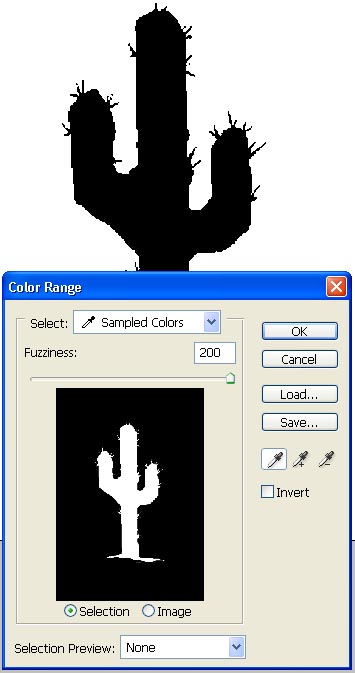
4. Click OK and here is what your selection should look like.

5. With your selection still active, go to your channel tab (probably the tab next to your layers tab) and click 'create new channel' like shown.
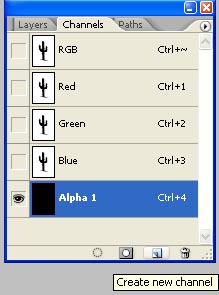
6. Here is what you should see in your document window.

7. Fill it with white.

8. Go to filter>blur>gaussian blur and give it a value of around 1 to 1.5 pixels. Depending on the size of your image you will have to experiment a little.
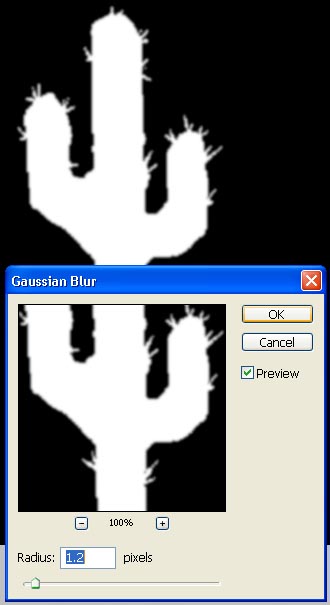
9. Now go to levels for this channel (Ctrl+L) and move the sliders somewhat like how I have mine set. Tweak it until you like the edges of your object.
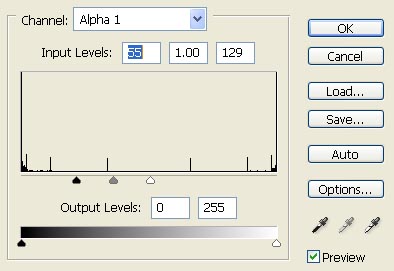
10. Here is what I have thus far.

11. Next with your new channel still active, click the small button with a circle inside of it entitled 'load channel as selection'. You can find this at the bottom of your channels palette left of the 'create new channel' button used before in step 5.

12. Now with your selection still active, go back to your layers palette and create a new layer. Fill it with black (or whatever color you want). Here is what I got as a final result.

13. And my layers palette looks like this. You can delete your 'original' cactus layer if you want.
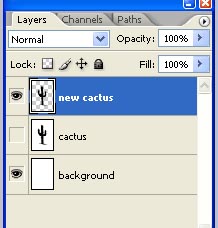
Copyright © . All Rights Reserved